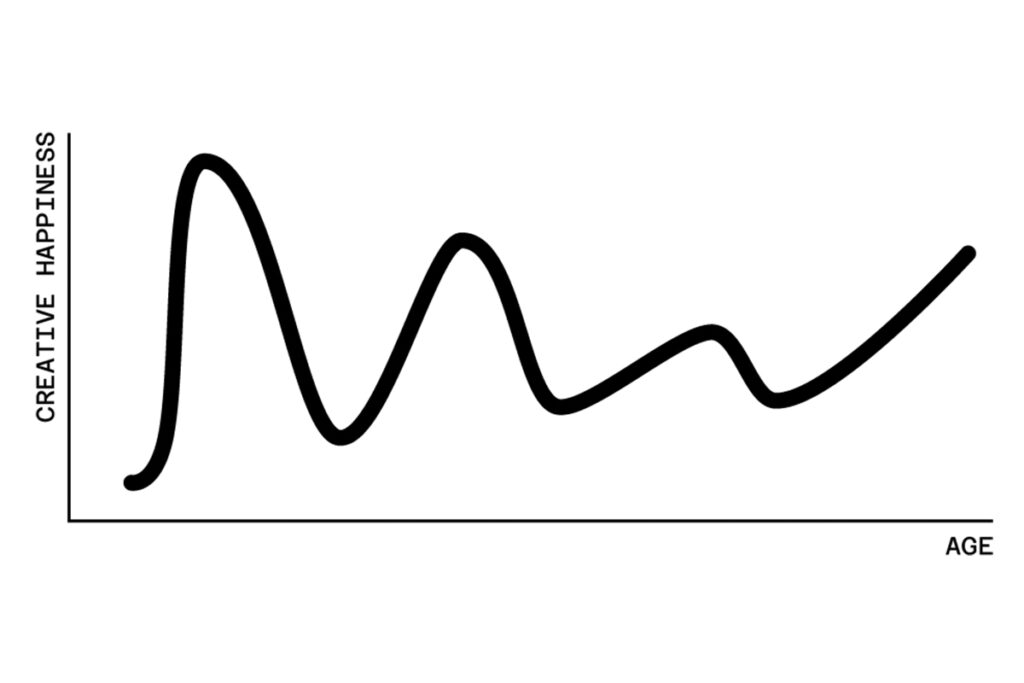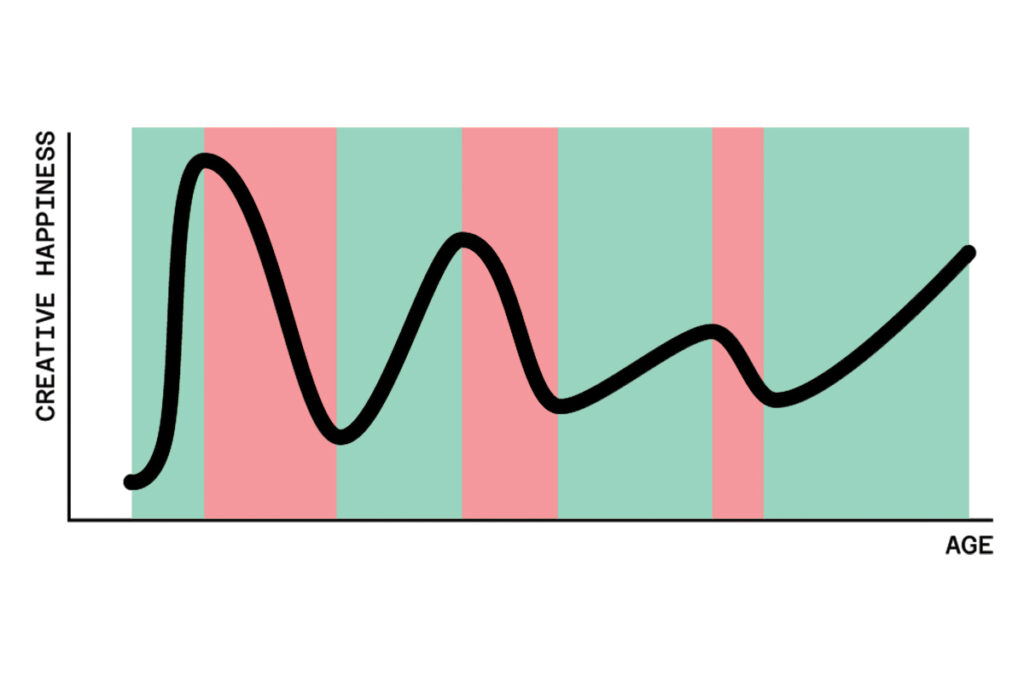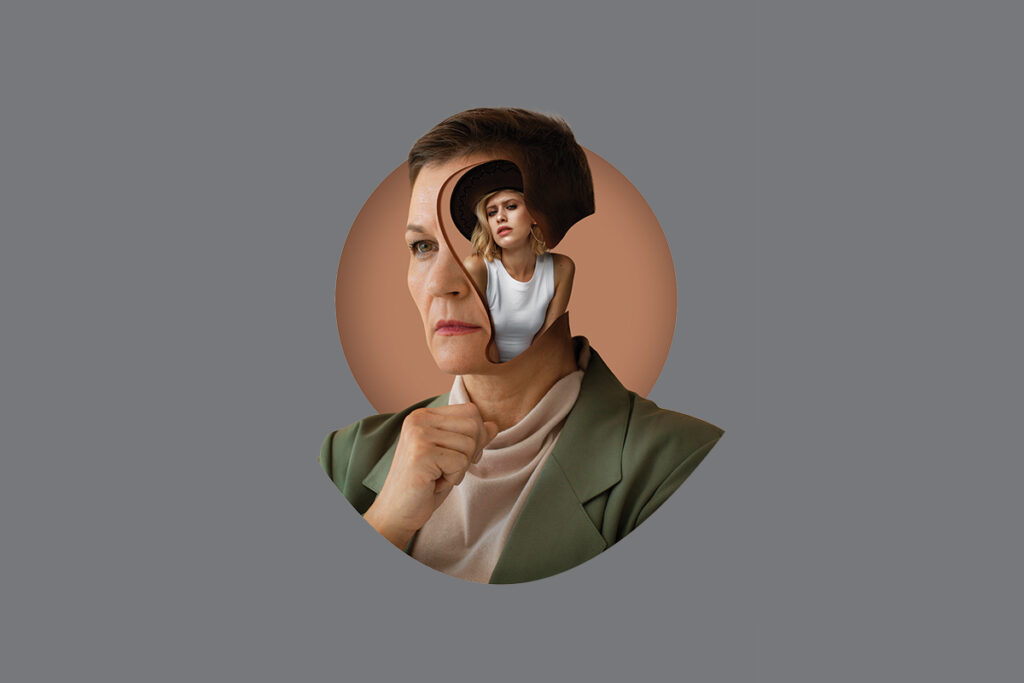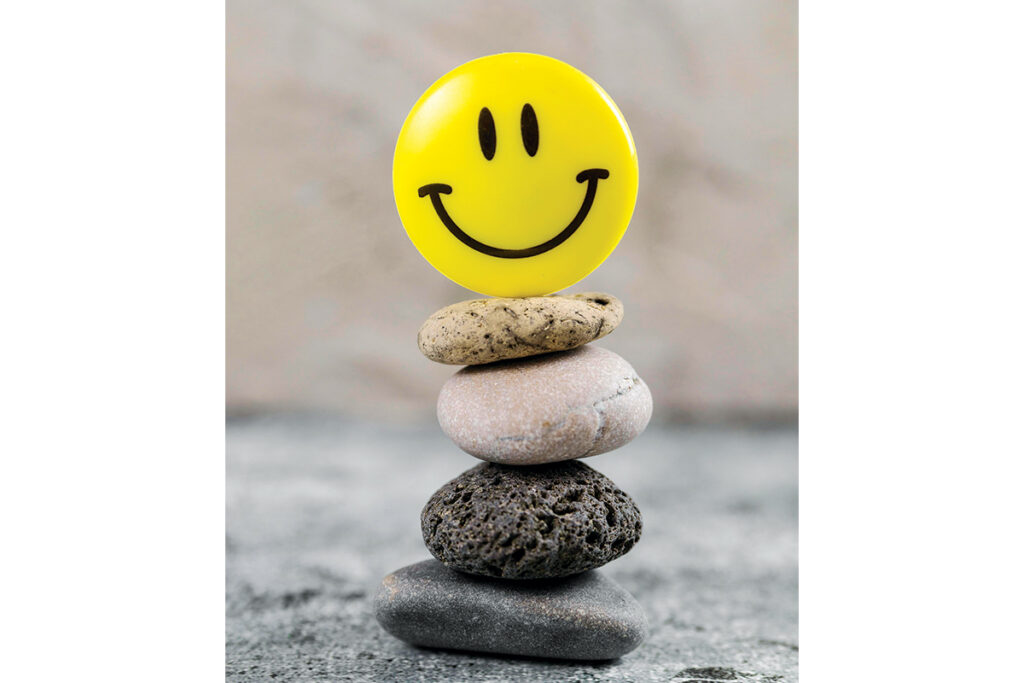The pursuit of happiness is rarely ever a straight line, and it is even more so for those in creative fieldsWords by Kay Khoo
“But… are you happy?”
I like to ask creatives this question.
My conclusion: It is conflicting.

On one hand, doing something “creative” – being original, experimental, or obsessing over improving ideas and craftsmanship – brings happiness to creative individuals. Unfortunately, this happiness is often short-lived. Beyond the act of creating, creative people are seldom satisfied with their work.
“Ya, I like what I’m doing right now, no complaints there. But…”
If we can visualise creative happiness over time, chances are it will resemble a graph like this:
The green areas indicate the duration required to get a ‘high’, while the red areas represent the time it takes for the ‘high’ to subside.

You experience a quick high when your first logo is released, your first book is printed, your first website is built, or when you hand over your first designed house to a paying client. This ‘high’ is euphoric and lingers for a while. However, as you continue working on your seventh project of the same nature, the excitement wanes. And when it’s finally completed, the satisfaction isn’t as great as it once was.
It’s reminiscent of an addict building up resistance to drugs.
Over time, it sort of mirrors the u-bend of life.
In the beginning, fresh out of college. It’s a mess. Newcomers are uncertain about their strengths as they navigate an unfamiliar industry. They might switch jobs, try freelancing, and so on. It takes some time to find their footing. But once they discover the right fit, the first few years bring a series of continuous creative highs.
At the end, happiness takes an upward trajectory. I have seen many friends experience this transition—having rewarding careers marked by both accomplishments and financial success. It reaches a point where they can slow down, taking on professional projects only when it brings them joy. Some even opt to step away completely and pursue other interests. This is when many once-reputable figures in the industry transition into roles such as movie directors, fine artists, ceramic artists, musicians, and fiction writers, among others.
But what about the highs and lows in between?
If we map this observation by age, we can tentatively conclude that creative happiness occurs around ages 24–27, 34–36, and 43–45. Please note that there’s no scientific data to support this; it’s based on my personal observations from years of interaction with designers.
Then there are the 3 lows.
The stories are almost always the same.
In one’s late 20s, I often hear sentiments like this:
“Not that I’m not happy, but there must be more to this. I’m still young, I should explore further.”
After a period of “firsts”, a phase of self-reflection emerges. Having gained significant experience in branding, the designer is now eager to explore the field of UX/UI. After working on numerous social media video projects, the designer now yearns to delve into the world of motion design. Having designed multiple homes, the designer dreams of creating sets for movies and musicals.
The late 30s are challenging.
“I’m not happy with what I’m doing, but the money is good. And I have a mortgage to pay and a family to feed”.
Now in a senior role, this creative professional is reaping the rewards of their specific domain knowledge. In the industry, he is “the person who could create a brand manual in their sleep”. She is “the writer who crafts impeccable copy for the fintech sector.”
Being recognised as an expert and well-paid may seem appealing. Some creatives flourish in this position, finding happiness in their expertise. Nevertheless, others hit a low point, marked by boredom and weariness.
“Stuck” is the word I have heard too many times.

“I simply don’t want to accept another commissioned project, asking me to draw another scene from Bombay. It becomes boring.”
For the late 40s, the perspective changes.
“I’ve done it all, so what now?”
When the question is finally answered, the upward curve in the U-bend starts.
Three low points. Three compelling reasons to hit the reset button in the creative life.
Point 1: There’s not much to lose in your late 20s.
Point 2: There’s too much to lose in your late 30s.
Point 3: There’s too much to gain in your late 40s.
Where are you now?
“I don’t know if I’m unhappy because I’m not free, or if I’m not free because I’m unhappy.”
Quote from Jean-Luc Godard’s film Breathless

Kay Khoo co-founded Fish Do It (Mumbai) and Some Early Birds (Malaysia). He currently works with brands and organisations to strategise, create, curate, design, and produce content across formats – digital and print, experience and on-ground events, addressing marketing, visual, and brand communications needs.
He is also the creator and co-founder of Kyoorius Designyatra. Started in 2006, it is now one of the leading design conferences in the world.


